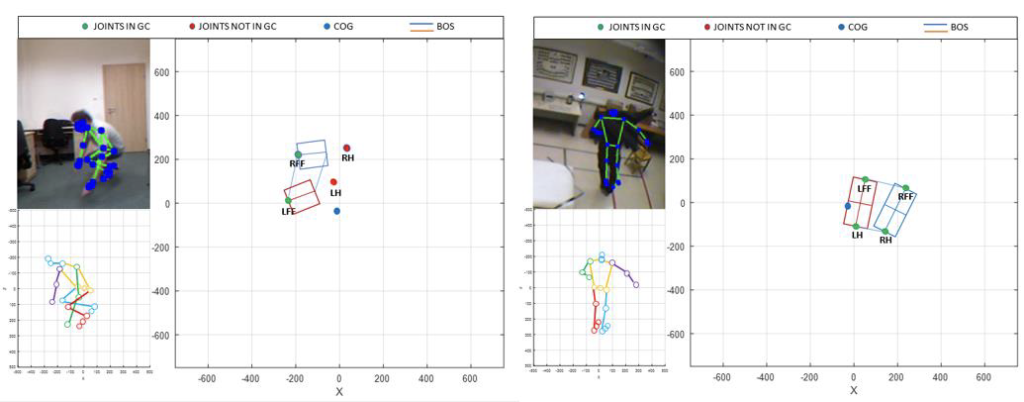Recientemente han aprobado para publicación en la revista «IET Image Processing«, indexada en JCR, el artículo titulado «Human stability assessment and fall detection based on dynamic descriptors«.
Este trabajo es fruto de una tesis doctoral realizada dentro del programa de Doctorado en Tecnologías Industriales, y dirigida por Sergio Martín (Profesor Titular de la UNED) y Víctor Rodríguez Ontiveros (investigador colaborador de la Universidad de Zaragoza).
Aquí os dejamos el abstract por si os resulta de interés:
Both fall detection and fall prevention systems use an array of different technologies to achieve their goals, contributing this way to better life conditions for the elderly community. The artificial vision is one of these technologies and, within this field, it has gained momentum over the course of the last few years with the incorporation of different neural network architectures. These architectures, although different, share a common characteristic, they are used to extract static or kinematic descriptors from images and video clips that, properly processed, will determine if a fall has taken place or if a patient’s gait fulfils the characteristics associated to frequent fallers’ ones. However, these descriptors are inferred from datasets recorded by young volunteers or actors who simulate falls, and the differences between these falls and the real ones are well documented. This way, concerns about system performances in the wild, out of laboratory environments, are raised.
This work aims to reframe the problem of fall detection and approach it as a stability assessment task. To do it, for the first time to the best of our knowledge, we propose the introduction of human dynamic stability descriptors used in other fields. These new descriptors are determined by using the information provided by a neural network able to estimate the body center of mass and the feet projections onto the ground plane, as well as the feet contact status with the ground.

The theory behind this new approach and its validity is studied in this article with very promising results, as it is able to match or over exceed the performances of previous systems using kinematic or static descriptors in laboratory conditions and, given the independence of this system performances from fall dataset information, it has the potential to behave better than systems based on other approaches in real world environments.
Y aquí os dejamos la referencia por si queréis citarla:
- J. Gutierrez, S. Martin, V. Rodriguez. Human stability assessment and fall detection based on dynamic descriptors. IET Image Processing. 00, 1– 19 (2023), Wiley. Print ISSN: 1751-9659. EISSN: 1751-9667. https://doi.org/10.1049/ipr2.12847







About the author